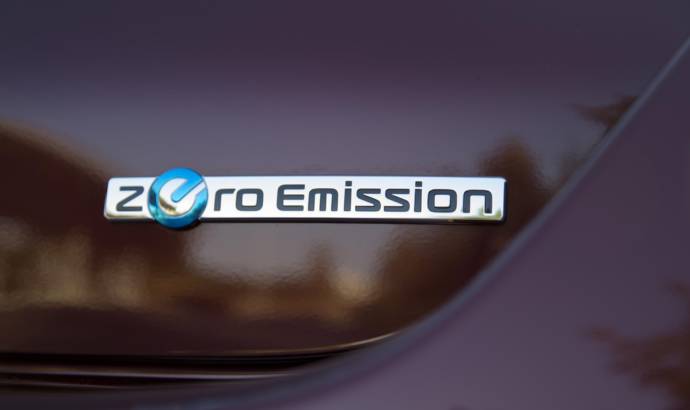Current electric vehicles are causing low range anxiety. Drivers are afraid to drive on long range distances because the battery is draining fast, especially if you are driving on highway with 130 km/h. The answer to this anxiety is the further development of lithium-ion batteries.
Nissan, the car manufacturer who has the most popular electric vehicle in the world, the Leaf, is announcing the development of an atomic analysis methodology that will aid in boosting the performance of lithium-ion batteries, and ultimately extend the driving range of zero-emission electric vehicles.
The analysis examines the structure of amorphous silicon monoxide (SiO), widely seen as key to boosting next-generation lithium-ion battery (Li-ion) capacity, allowing researchers to better understand electrode structure during charging cycles.
Silicon (Si) is capable of holding greater amounts of lithium, compared with common carbon-based materials, but in crystalline form possesses a structure that deteriorates during charging cycles, ultimately impacting performance. However, amorphous SiO is resistant to such deterioration.
The atomic structure of SiO was thought to be inhomogeneous, making its precise atomic arrangements the subject of debate. The new findings show that its structure allows the storage of a larger number of Li ions, in turn leading to better battery performance.



